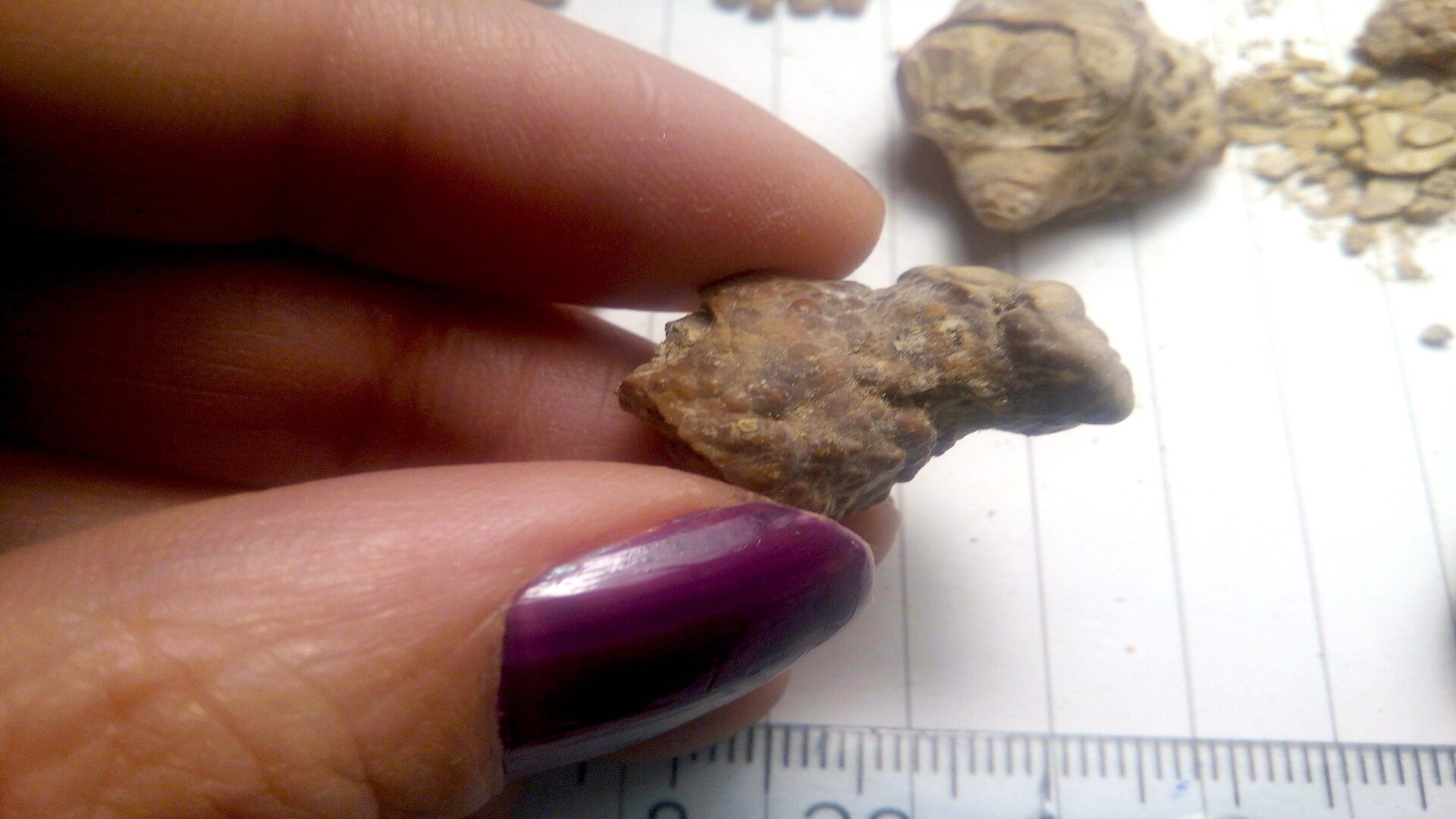
Kidney stones are becoming increasingly common globally. Type 2 diabetes is related to an increased risk of kidney stones but various forms of treatment of this condition may potentially decrease the risk of kidney stones.
The researchers at Mass General Brigham found out that using sodium-glucose contratransporter 2 (SGLT2) inhibitors was associated with a decreased chance of acquiring kidney stones.
The findings were published in JAMA Internal Medicine.
Three national databases containing information on type 2 diabetes patients seen in regular clinical settings were used for the study.
The team analyzed information from 716,406 adults with type 2 diabetes who had started taking an SGLT2 inhibitor or two other classes of diabetes medications known as GLP1 receptor agonists or dipeptidyl peptidase 4 (DPP4) inhibitors.
Individuals who started taking SGLT2 inhibitors had a roughly 25% lower incidence of kidney stones than those on DPP4 inhibitors, and a 30% lower risk than those taking GLP1 agonists.
Researchers from Brigham and Women’s Hospital and Massachusetts General Hospital, founding members of the Mass General Brigham healthcare system, worked together to conduct the analysis.
The findings were consistent across sex, race/ethnicity, history of chronic kidney disease and obesity.
“Our findings could help inform clinical decision-making for patients with diabetes who are at risk for developing kidney stones,” said corresponding author Julie Paik, MD, ScD, MPH, of the Division of Pharmacoepidemiology and Pharmacoeconomics and the Division of Renal (Kidney) Medicine at Brigham and Women’s Hospital.















